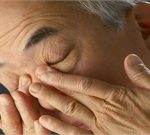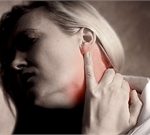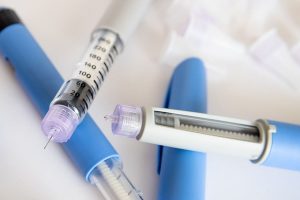
Vaping has been deemed hazardous for your health by public officials across America, but you wouldn’t know it by scrolling through Instagram. Instead, researchers discovered that Instagram posts that promote use of the devices outnumber anti-vaping content by a shocking ratio of 10,000 to 1. Nearly one-third of U.S. teens use e-cigarettes. In 2018, the U.S. Food and Drug Administration launched a campaign to discourage vaping among youth, according to authors of the study published Jan. 22 in the journal Frontiers in Communication. “U.S. public health officials have been calling vaping among youth an epidemic and have been putting a lot of effort into trying to stop this epidemic by introducing #TheRealCost anti-vaping campaign,” said researcher Julia Vassey, from the University of California, Berkeley. “But this stark imbalance in the volume of posts has caused the FDA message to be overwhelmed by marketing from the vaping brands,” she said in a journal news release. Vassey and her colleagues analyzed nearly 246,000 Instagram posts from before and after the #TheRealCost campaign launch, and interviewed five vaping influencers and eight college-age social media users. “We focused on Instagram because the vaping influencers we interviewed for this study identified Instagram as their most important social media marketing platform,” Vassey said. “Based on the results, the FDA anti-vaping campaign is not very popular and we saw Instagram user comments… read on >






















-300x200.jpg)













